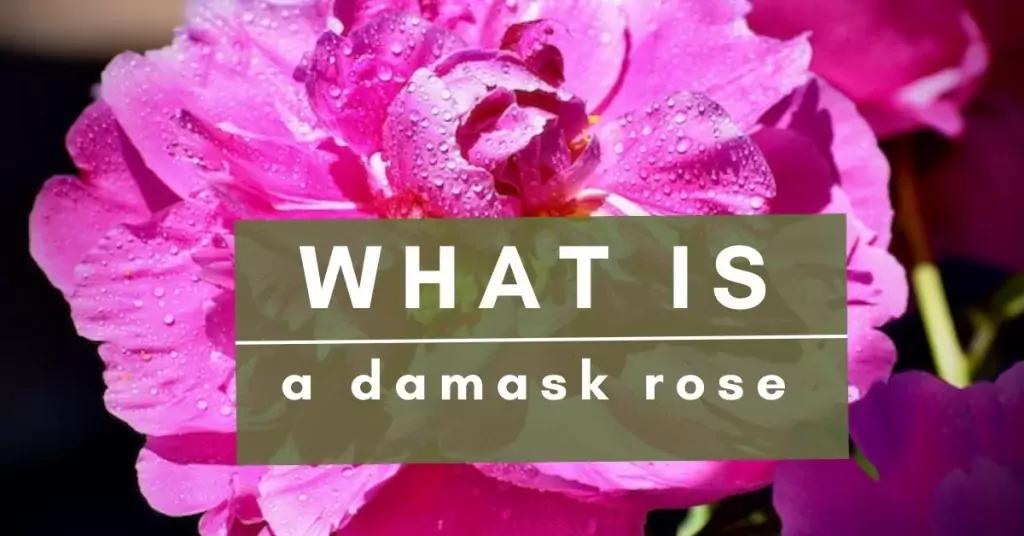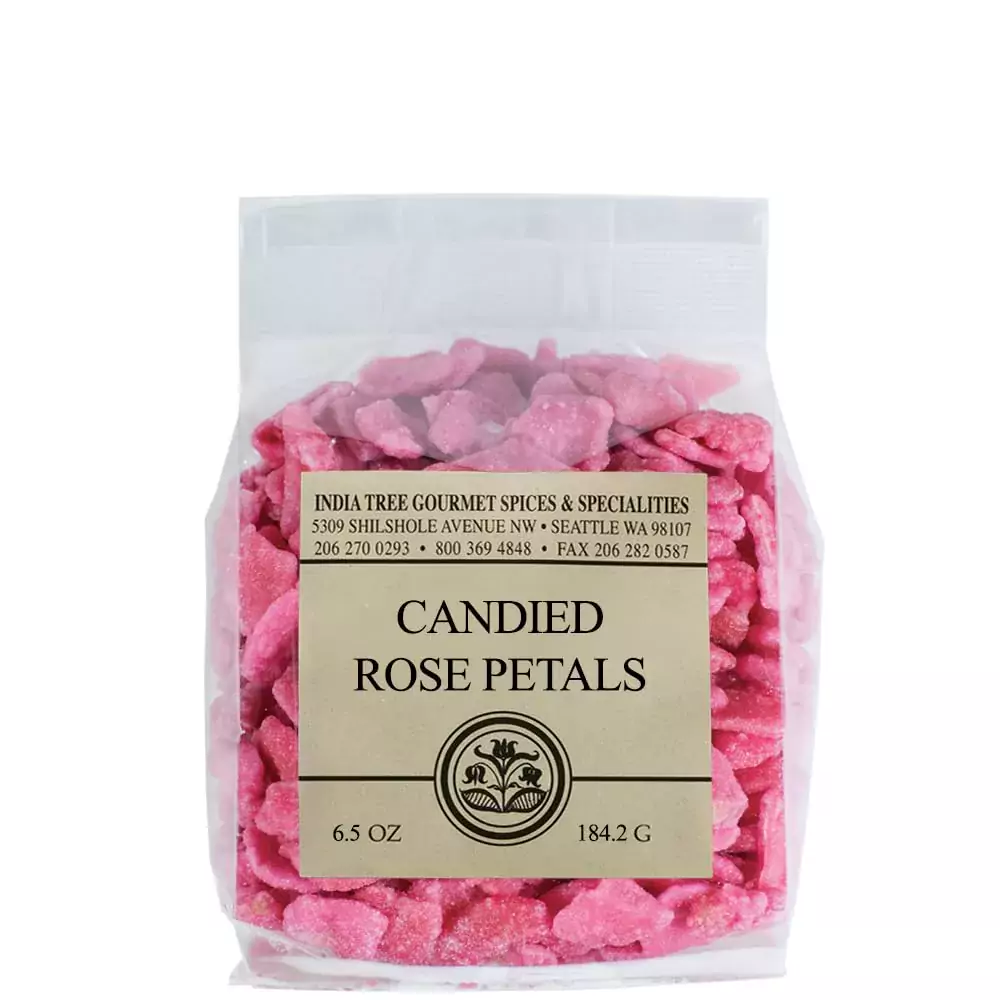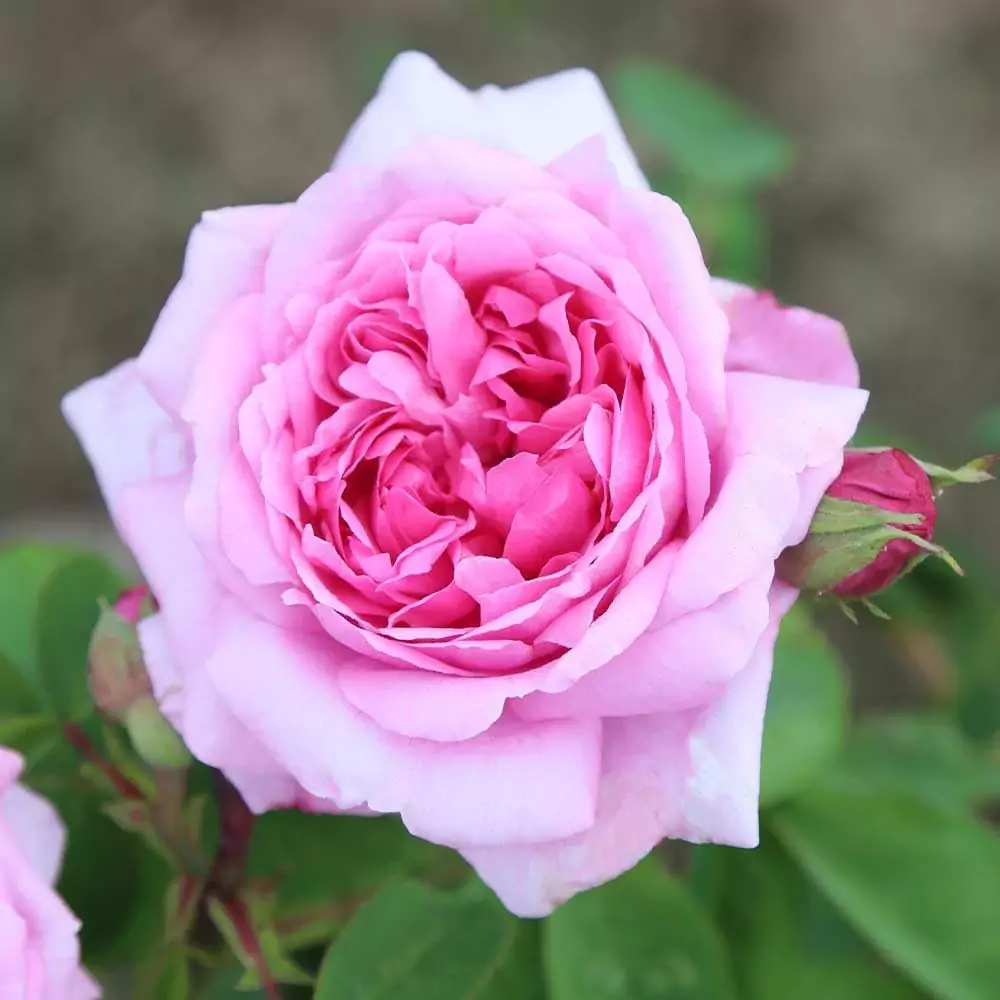Greetings, fellow rose enthusiasts! Today, we embark on a fragrant pilgrimage to explore the captivating Damask rose. These ancient beauties, with their rich history and intoxicating aroma, have captivated hearts for centuries, and it’s my honor to unveil their secrets.
Where does Damask rose come from?
Legend whispers of the Damask rose’s birth, but its true heritage lies veiled in the mists of time. Here’s what we know:
Genetic analysis:
Recent genetic tests suggest the Damask rose is a complex hybrid, likely entstanden from a three-way cross between Rosa moschata, Rosa gallica, and Rosa fedtschenkoana. This points to an origin in the foothills of central Asia or Iran.
Historical evidence:
While genetic testing provides clues about the rose’s parentage, its birthplace must be clarified. The name “Damask” suggests a connection to the Syrian city of Damascus, and Damask roses were widely cultivated in the region for centuries. However, some experts believe the name may have been applied more generally to roses with similar characteristics, regardless of their specific origin.
So, while we can’t pinpoint where the first Damask rose bloomed, it most likely originated in the Middle East or Central Asia. Its journey over centuries has taken it to all corners of the globe, where it continues to be prized for its beauty, fragrance, and historical significance.
Here are some additional details about the Damask Rose’s journey:
Cultivation:
Damask roses are grown commercially in many countries, including Bulgaria, Turkey, Morocco, India, and Iran. Each region has its unique varieties and traditions associated with the rose.
Symbolism of Damask rose:
The Damask rose has a long and rich history of symbolism. It is often associated with love, beauty, and romance. In some cultures, it is also seen as a symbol of purity and spiritual devotion.
So, the next time you encounter a Damask rose, take a moment to appreciate its long and fascinating journey. This beautiful flower is a testament to the power of nature and the enduring appeal of human culture.
A Timeless Tale:
Damask roses, believed to be a hybrid of the Gallica and Moschata roses, first bloomed in the fertile crescent of the Middle East. Their name whispers of Damascus, the ancient Syrian city where their intoxicating essence perfumed palaces and adorned the pages of Persian poetry.
Centuries ago, Crusaders returning from the Holy Land brought these fragrant treasures to Europe, where they flourished in gardens and graced the tables of nobility. It is said that Queens Cleopatra and Elizabeth I succumbed to their allure. In India, the Damask rose became the soul of attar, its essence whispering tales of love and devotion.
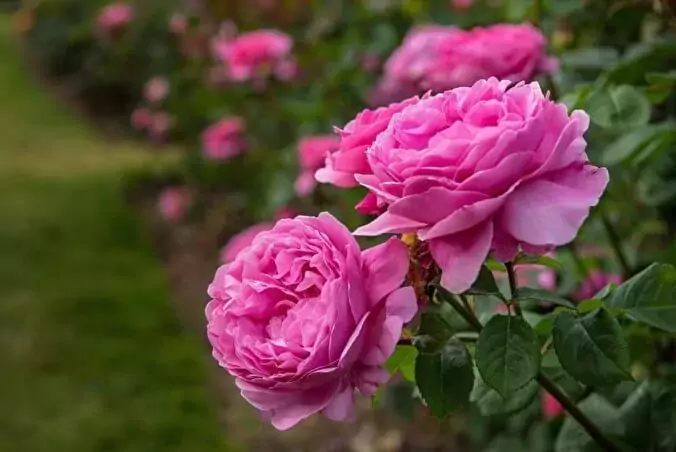
Is damask rose edible
Damask roses are indeed edible and offer a delightful range of culinary and herbal uses.
Petals: The delicate petals of Damask roses are the prime edible treat. You can savor them fresh, adding a floral touch to salads, desserts, or cocktails. Alternatively, crystallize them with sugar for a beautiful and tasty garnish.
Rose water: This fragrant distillate, made from Damask rose petals, is a versatile edible ingredient. Use it to flavor pastries, syrups, ice creams, or savory dishes like rice or biryani. A sprinkle of rose water can instantly elevate the aroma and complexity of your culinary creations.
Tea: Dried Damask rose petals make a lovely herbal tea with a delicate floral aroma and potential health benefits. Steep them in hot water for a soothing and fragrant beverage.
Jam and jellies: Infuse your jams and jellies with the subtle sweetness of Damask rose petals for a unique and delicious twist.
Source: Only consume roses grown organically and free from pesticides or herbicides. Roses treated with chemicals can be harmful if ingested.
Damask rose bush in a garden
These ancient beauties come with distinct features that have stolen hearts for centuries. Here’s a closer look:
Blooms: They typically boast medium-sized, double, or semi-double blossoms, often clustered in charming groups. Soft shades of pink and white dominate, with some varieties venturing into deeper crimson or blushing red.
Damask rose blooms in various shades of pink and white.
Fragrance: This is where Damask roses genuinely shine. Their heady aroma is considered one of the most complex and intoxicating in the rose world. Expect an exquisite blend of sweet and spicy notes with honeyed warmth and a captivating earthy depth. It’s genuinely a fragrance that lingers on skin and memory.
Foliage: Graceful, grey-green leaves with five to seven leaflets provide a lovely backdrop for the vibrant blooms. While deciduous, most Damask roses offer a touch of autumnal foliage before shedding their leaves.
Habit: These roses grow as upright shrubs, reaching a height of 3-6 feet. They tend to be quite thorny, a reminder of their ancient, wild heritage.
Blooming Habit: There are two main types of Damask roses: Summer Damasks, which flower once in late spring or early summer, and Autumn Damasks, which offer repeat blooms throughout the season.
Damask rose varieties
While pinpointing an exact number of Damask rose varieties is tricky due to historical cultivation and cross-breeding, we can estimate there are over 100 distinct varieties! Here are 10 of the most famous Damask roses, each with its unique charm:
1. Kazanlak: The undisputed queen of Damask roses, renowned for its intense fragrance and used extensively in rose oil production.
2. Munstead Wood: A David Austin creation offering repeat blooms and a soft pink hue with a spicy scent.
3. Celsiana: Another Austin gem showcasing cascading clusters of soft pink blooms and robust and healthy growth.
4. Ispahan: A French heirloom boasting velvety crimson blooms and a distinct lemon-tinged fragrance.
5. Madame Hardy: A white Damask with a beautiful green eye in the center and a delightful lemon-rose fragrance.
6. York and Lancaster: A historic Damask dating back to the 15th century, featuring striped pink and white blooms.
7. Old Blush Damask: An heirloom variety with large, fragrant, blush-pink blooms and a long blooming season.
8. Blush Hip: A charming Damask with smaller, pale pink blooms and a strong tea rose fragrance.
9. Festival Damask: A summer Damask bursting with large, deep pink blooms and a rich, spicy fragrance.
10. Ispahan Rose de Mai: A unique Damask from Iran known for its large, deep pink blooms and intense fragrance.
How to grow damask roses
With its intoxicating scent and captivating blooms, the Damask rose isn’t just a flower—it’s a doorway to history and romance. Cultivating these ancient beauties in your garden is an adventure brimming with fragrant rewards. Brace yourself, for it’s time to unlock the secrets of their success!
Sun-Kissed Soil: The Foundation of Beauty
These fragrant monarchs crave the sun’s golden touch, basking in at least 6 hours of daily brilliance. However, during scorching afternoons, a dappled shade offers a cool respite. Don’t let heavy clay dampen their spirits – amend it with nourishing compost or sandy whispers, ensuring water dances merrily through the soil, never becoming a stagnant pool. A slightly acidic pH, hovering around 6.0-6.5, is their ideal playground.
Planting Power: Unleashing the Roots
Bare-root Damask roses, slumbering through winter’s embrace, awaken with vigor when planted in late fall or early spring. Dig a hole twice their root spread, a welcoming haven for their tendrils to explore. Gently unfurl their roots, like a map to fragrant treasures, and mound soil around them, a warm hug. Remember, a deep drink is essential, quenching their thirst for their new kingdom.
For container-grown roses, choose a pot that echoes their root ball’s size, with drainage holes ensuring a healthy dance of air and water. Ensure optimal drainage with a well-aerated potting mix, providing ample space for root exploration. Nestle them at the same depth as their original container, then thoroughly saturate the soil to encourage healthy root establishment.
Watering Wisdom and Nourishing Nectar
Regular sips are essential, especially during their first year and summer’s searing heat. Aim for soil that holds moisture like a sponge without succumbing to soggy depths. Mulch at their base, a protective blanket retaining precious moisture and regulating temperature.
In spring and early summer, feed them a balanced rose fertilizer or organic compost, a banquet fit for fragrant royalty. Be cautious of overzealous feeding, which can lead to verdant foliage but disappointingly few blooms.
The Art of Pruning: Shaping Fragrance
As winter loosens its grip and spring peeks from behind the horizon, it’s time to wield the pruners with gentle precision. Snip just above an outward-facing bud at a 45-degree angle, each cut a promise of future beauty.
For Summer Damask roses, after their first wave of fragrant applause, remove spent blooms and prune about a third of the stem, encouraging them to serenade you once more. After their final curtain call, Autumn Damask roses receive a lighter, graceful pruning, maintaining their form and banishing any tired branches.
Blossoming Bounty: Reveling in Fragrant Glory
Depending on the variety you choose, these fragrant jewels grace you with their presence either once in late spring/early summer (Summer Damask) or throughout the season with repeat blooms (Autumn Damask). Each blossom is a symphony of scent and color, a testament to your nurturing care.
For culinary or herbal magic, harvest Damask rose petals in the morning after the dewdrops have kissed them awake. Choose fully open blooms, vibrant but not browning, for they hold the essence of their fragrance strongest.
Bonus Tips for Fragrant Triumphs:
- Deadhead spent blooms, like gentle applause, urging them to perform again.
- Like whispering guardians, shield your roses from pests and diseases using organic methods like neem oil.
- Mulch regularly, a fragrant lullaby for their roots, suppressing weeds and regulating temperature.
With a touch of attention and a sprinkle of love, your Damask roses will weave their fragrant magic into your garden, a whispered melody of history and beauty. So, grab your gloves, choose your favorite variety, and embark on this fragrant adventure—welcome to the world of Damask roses!
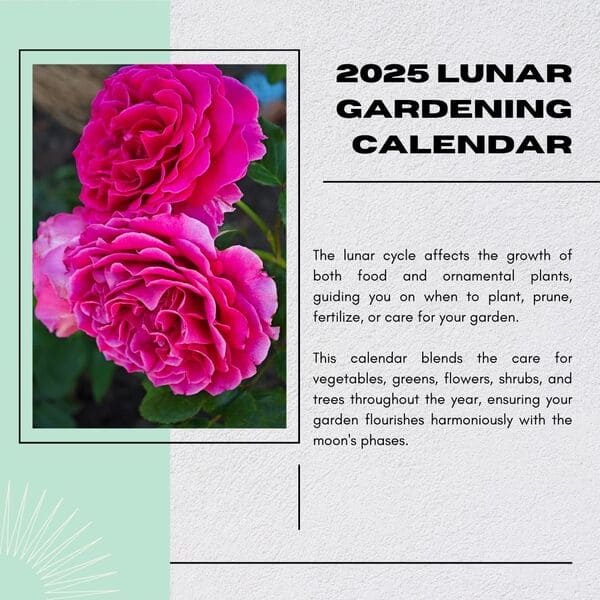
Get Your Free Lunar Gardener's Calendar 2025!
Join the Lunar Gardening Revolution! Subscribe now to receive our exclusive Free Lunar Gardener’s Calendar for 2025. Harness the power of the moon to optimize your planting, nurturing, and harvesting.

